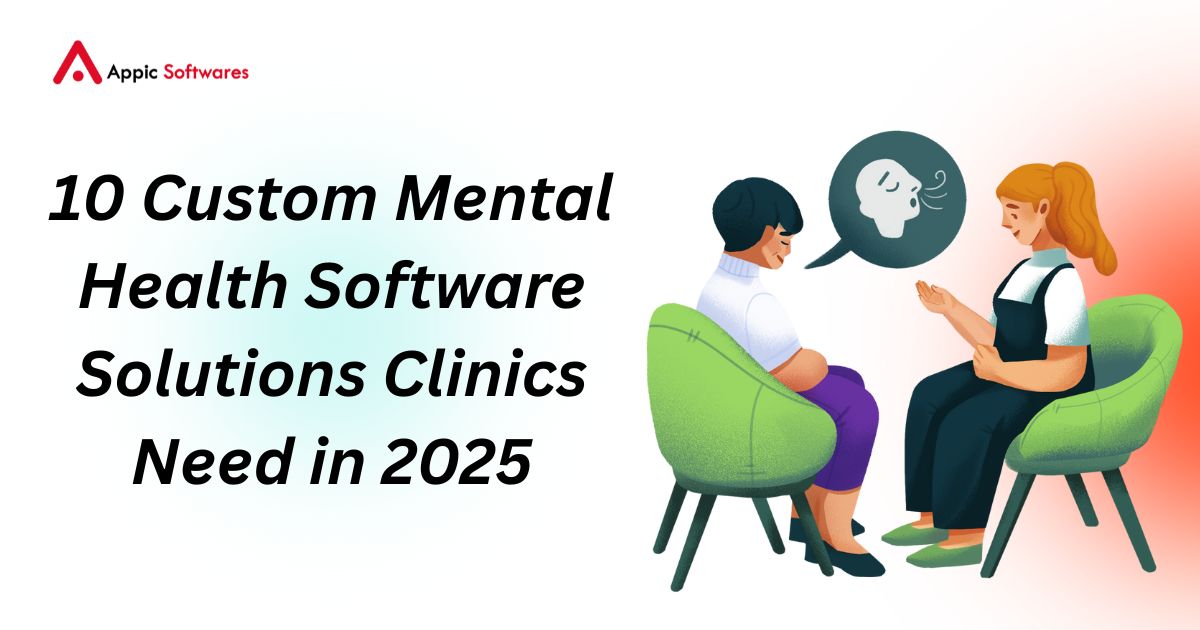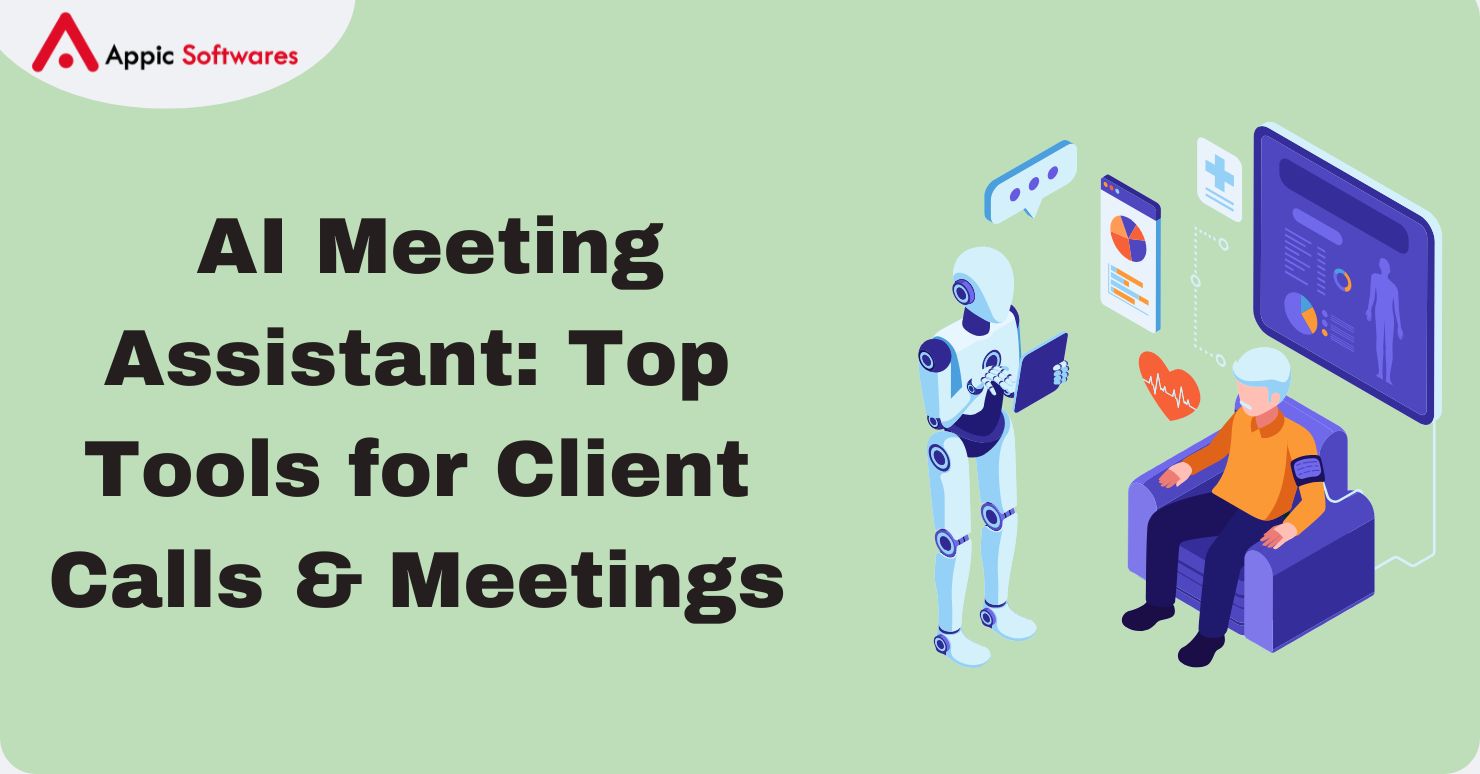The world of software development is rapidly changing. As we mov
best online pharmacy with fast delivery
purchase cytotec with the lowest prices today in the USA
e into 2025, developers, enterprises, and product leaders are bracing for a new wave of innovation driven by emerging technologies, user demands, and market competition. So, it’s important to understand the software development trends.
Whether your position is CTO, tech entrepreneur, or developer, knowing the newest software development trends is crucial to keep competitive, create scalable apps, and streamline processes.
Let’s go!
Top 10 Software Development Trends To Look Out For
1. AI-Augmented Development
By 2027, we expect artificial intelligence (AI), which currently writes roughly 25% of U.S. code, to handle 70-90% of tasks. By 30%-55%, tools as GitHub Copilot, Amazon Q Developer, and Tabnine are streamlining regular tasks, increasing efficiency, and freeing developers to concentrate on creative problem-solving.
However, over-reliance on artificial intelligence, often referred to as “vibe coding,” can pose significant risks. Experts caution that before implementation, prompt-generated code sometimes needs a thorough review.
A deeper understanding of how AI fits into the modern software pipeline can be seen in the evolving AI software development process. Additionally, the emergence of robust AI development frameworks is accelerating the adoption of machine learning at scale.
2. Low-Code / No-Code Platforms
The process of creating software might take a long time. However, what if there was a simpler method that required less code to make apps? Development of low-code applications is the ideal solution!
Companies of all sizes will use low-code development in the future, according to Gartner’s research. It predicts that within ten years, the adoption rate will surpass fifty percent.
For example, Pega has emerged as a robust low-code/no-code platform to streamline enterprise-grade app development without traditional coding constraints.
Read more: Why Pega Is The Best Platform For Low-Code No-Code App Development?
3. Cloud-Native & Microservices
You can design, build, and run workloads that are cloud-d
eveloped and fully utilize the cloud computing model thanks to cloud-native technologies and architecture.
You may create and run scalable applications in contemporary, dynamic work settings such as private, public, and hybrid clouds by implementing cloud-native technologies. Microservices, declarative APIs, containers, service meshes, and immutable infrastructure are all part of this technique.
In fact, many companies are choosing to extend their software development team instead of hiring in-house to achieve agility without compromising quality.
4. DevSecOps
Security is no more a side issue. Zero-trust models and DevSecOps are now norms. AI-powered DevSecOps is lowering incidents by thirty percent. SonarQube and Checkmarx both detect problems in real time by including security input into CI/CD workflows.
5. Modern Languages: Rust, Go, Kotlin
While Python and JavaScript remain dominant, modern languages are gaining steam:
-
Rust is loved for memory safety and concurrency.
-
Go excels in microservices, thanks to its goroutines.
-
Kotlin is now Android’s top choice, and expanding to the server side.
6. Edge Computing & IoT
By 2025, IoT device installations are projected to nearly double, reaching ~30 billion. Edge computing supports low-latency data processing essential for autonomous systems and industrial IoT. This reduces reliance on central servers and improves responsiveness.
7. Quantum Computing
As a software development trend, quantum computing can solve any difficult problems that computers cannot handle. Therefore, by combining cryptography, optimization, and simulations, this movement has the potential to complet
ely transform a number of sectors.
In particular, the use of quantum computing has the potential to significantly speed up genome sequencing, precision medicine, drug development, and medical research. Are you wondering why? because high-dimensional data may be handled well by this software development technique. It is also important for cybersecurity and financial modeling.
8. React Native Maintains Its Success
The most potent and widely used technology in the hybrid development space is React Native.
Its unmatched capacity to produce top-notch, cross-platform apps from a single codebase has transformed the industry and made app development easier for a great number of developers and companies.
React Native, the preferred option for hyb
best online pharmacy with fast delivery
purchase neurontin with the lowest prices today in the USA
rid development, has shown itself to be an invaluable resource for companies looking to increase their presence in the constantly growing worldwide market, and its impact is only growing.
9. Sustainability & Green Coding
Energy-efficient practices matter more than ever. Cloud workloads consume less power, and sustainable coding is on the rise, 22% year-over-year growth. Developers are optimizing code to be greener, and platforms like Google Cloud streamline carbon-aware deployments.
10. Remote-First & Distributed Engineering
Remote work is here to stay. By 2025, 30% of software teams will be fully distributed. Tools like Slack, Jira, Miro, and Zoom are critical. But managing distributed teams demands robust processes, cloud environments, and attention to mental well-being.
Many companies are already tapping into global talent markets. Businesses seeking reliable and cost-effective solutions often hire remote developers from India, where tech expertise aligns with global standards. Others prefer to hire dedicated developers or scale fast by assembling a complete software development team.
What’s Really Driving These 10 Software Development Shifts in 2025?
These days, developers are designing smart systems, automating tasks, and enhancing daily technology use by means of their code writing. Real demands underlie all these developments: speedier building of infrastructure, simpler application design, data security, and smooth corporate growth enabled by these developments. The push to be faster, more adaptable, more secure, and more user-friendly drives every fresh trend in software development.

| Trend |
What’s Fueling It? |
Real-Life Example |
Why It Matters |
| 1. AI-Augmented Development |
Developers are overwhelmed with repetitive tasks. |
Amazon Q Developer helps dev teams write test cases and handle backend logic with less manual work. |
It saves hours every week, boosts developer productivity, and lets teams focus on solving real problems. |
| 2. Low-Code/No-Code Platforms |
Companies want to build apps faster, even without dedicated dev teams. |
Startups using Bubble build MVPs in days, not months. |
It cuts dev time by up to 90%, freeing engineers for more complex work. |
| 3. Cloud-Native & Microservices |
Businesses need apps that scale fast and stay reliable. Microservices and cloud-native tools make that possible. |
Netflix runs 700+ microservices. Amazon deploys code every 11 seconds. |
You can fix one part of an app without breaking the whole thing—perfect for modern digital services. |
| 4. DevSecOps |
Security threats are growing. Companies can’t afford to “bolt on” security later, it needs to be baked in from the start. |
SonarQube and Checkmarx are embedded directly into the CI/CD pipeline for live feedback on code vulnerabilities. |
You spot issues earlier, ship safer code, and reduce the chance of damaging breaches. |
| 5. Modern Languages: Rust, Go, Kotlin |
Developers are adopting faster, safer, and more flexible languages tailored for today’s challenges. |
Dropbox uses Go for fast backend services. Kotlin powers modern Android apps. Rust is gaining traction at AWS. |
These languages offer better performance, safer memory handling, and make code easier to maintain. |
| 6. Edge Computing & IoT |
Devices at the “edge” (like sensors and smart cameras) need to make decisions instantly, without sending data to the cloud and back. |
Self-driving cars process visual data locally to avoid delays. |
Edge computing allows for real-time processing even with limited connectivity, critical for IoT-heavy industries. |
| 7. Quantum Computing |
Industries need to solve problems too complex for traditional computers, like simulating molecules or optimizing global logistics. |
IBM’s Qiskit lets developers experiment with quantum logic. |
While still in its early days, quantum tech could bring massive breakthroughs in finance, medicine, and encryption. |
| 8. Immersive UX, AR/VR & PWAs |
Users now expect more than just clicks. AR/VR, PWAs, and motion design deliver more intuitive, engaging interfaces. |
IKEA’s AR app helps you place furniture in your room. PWAs from Twitter and Starbucks offer app-like experiences on the web. |
Better UX means higher engagement, better retention, and a serious competitive edge. |
| 9. Sustainable & Green Coding |
Climate concerns are pushing tech companies to optimize energy usage, especially in cloud-heavy applications. |
Google Cloud now schedules workloads based on local carbon intensity. |
Sustainable code not only saves energy, but it also appeals to eco-conscious users and investors. |
| 10. Remote-First & Distributed Teams |
Remote work is now the norm, not a trend. Teams are global, and collaboration happens online. |
GitLab is 100% remote and thriving. |
You get access to worldwide talent, save on office space, and support flexible lifestyles if you have strong processes in place. |
What These Software Development Trends Mean For You
- Developers: Embrace AI tools, but balance automation with expertise. Upskill in modern languages and cloud-native architectures.
- Leadership: Invest in low-code platforms to accelerate MVPs. Prioritize DevSecOps and green computing strategies.
- Organizations: Build remote-first practices with robust collaboration tools and focus on team well-being and process governance.
- Product Owners: Center user experience and immersive designs. Experiment with AR/VR, PWAs, and edge-enabled solutions.
Final Take
Although software development is always changing, you can make sure your software keeps up with the latest developments by using the wide range of forecasts and predictions provided in this article to gain insight into the direction these new software technologies are taking.
You can stay on top of the most recent developments in software engineering and apply best practices while creating custom software by working with an IT partner like Appic Softwares, who can also give you access to cutting-edge services and technology.
Reach out to us!
FAQs
1. Why should I care about software development trends in 2025?
Keeping up with software development trends helps you stay competitive. Whether you’re building your first MVP or scaling a global app, understanding where the industry is heading ensures your software stays relevant, secure, and efficient. Technologies like AI, edge computing, and green coding are no longer “nice to have”, they’re becoming industry standards.
2. Are AI tools like GitHub Copilot reliable enough for production code?
AI tools are incredibly useful, especially for writing boilerplate code, unit tests, or suggesting functions. But they’re not perfect. Think of them as powerful assistants, not replacements for developer judgment. Always review AI-generated code for accuracy, performance, and security before pushing to production.
3. Will low-code or no-code platforms replace traditional developers?
Not at all. Low-code/no-code tools help speed up prototyping and empower non-technical users to build internal tools. But for complex, scalable, secure systems, you’ll still need experienced software engineers. These platforms are best used to complement, not replace, traditional development.
4. How do I get started with DevSecOps?
Start by integrating security into your development pipeline. Tools like SonarQube and Checkmarx can help you detect vulnerabilities early. Also, train your team on secure coding practices and consider shifting security reviews to the beginning of the development lifecycle (aka “shift left”).
5. How much does modern software development actually cost?
It depends on several factors like project scope, technologies used, team size, and region. For a full breakdown, check out this detailed guide on software development costs. It covers everything from MVP budgets to enterprise-level builds.
Nitesh Jain
Nitesh Jain is the founder and managing director of Appic Softwares. He co-founded the company with a clear vision; he wanted to help startups and companies build great digital products. Over the years, he’s played a key role in building Appic Softwares into a trusted development partner for clients across the globe, including the USA, UK, UAE, and Australia. He is known for his profound understanding of the startup ecosystem and his ability to simplify complex app development processes for clients. He regularly shares insights through blogs and thought pieces and shares tips on MVP development, no-code tools, and AI development. He is skilled at turning ideas into real products and believes in transparency and building long-term client relationships.










